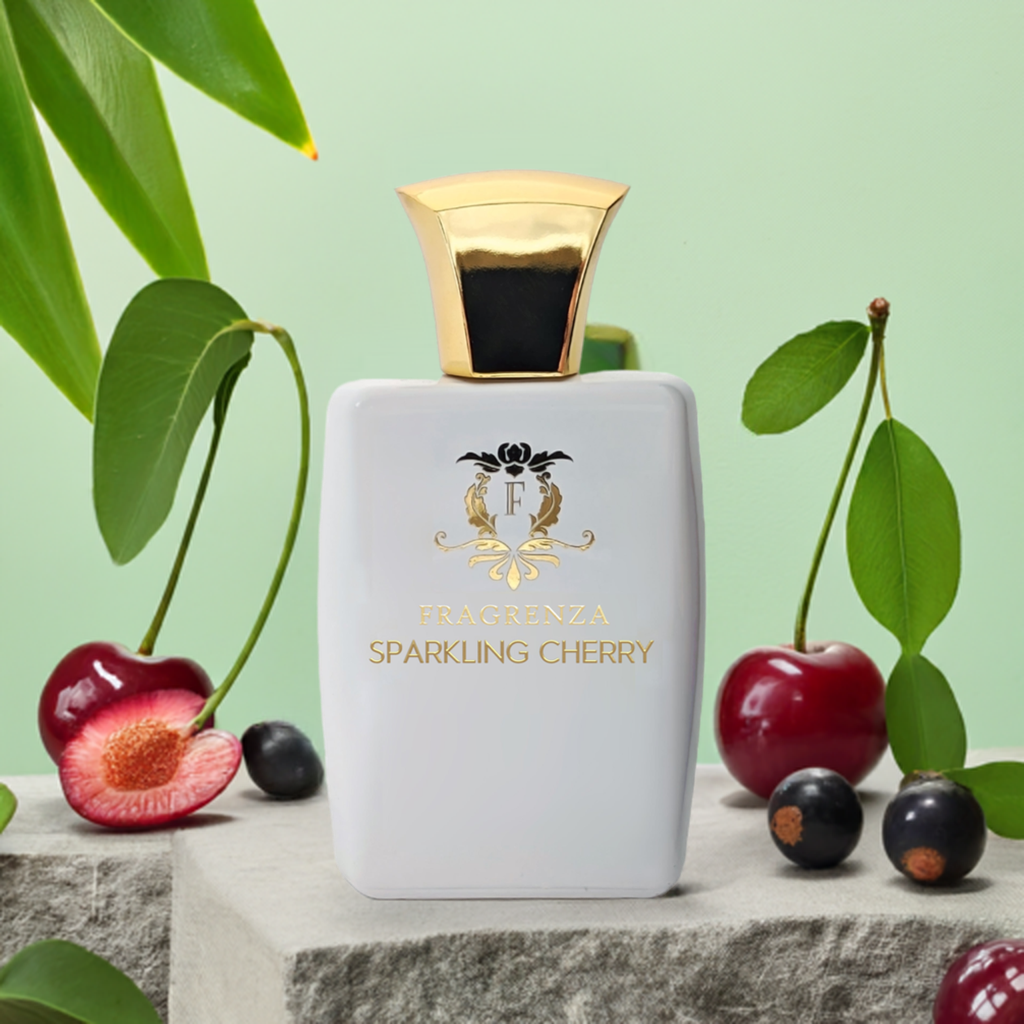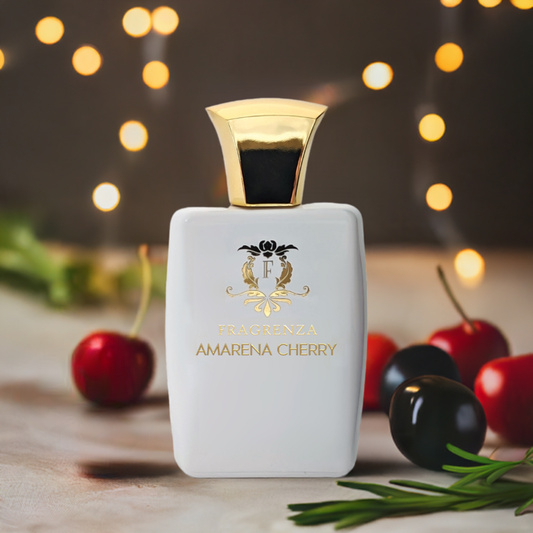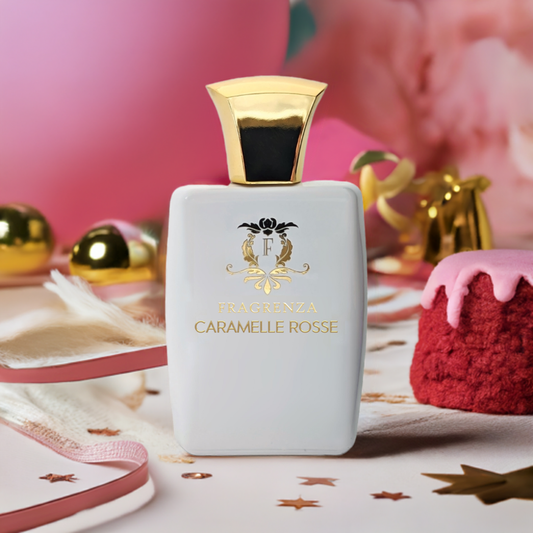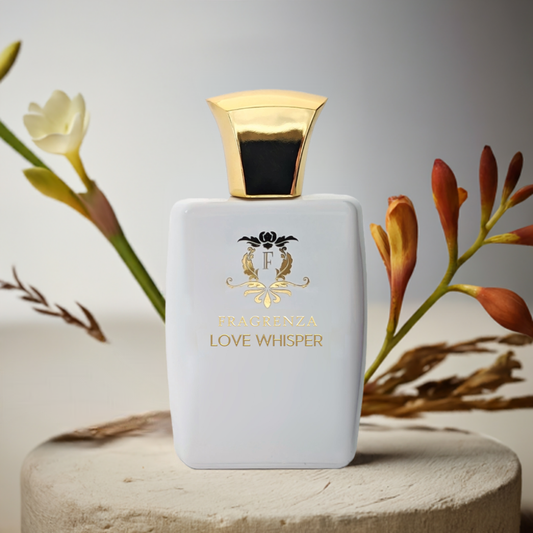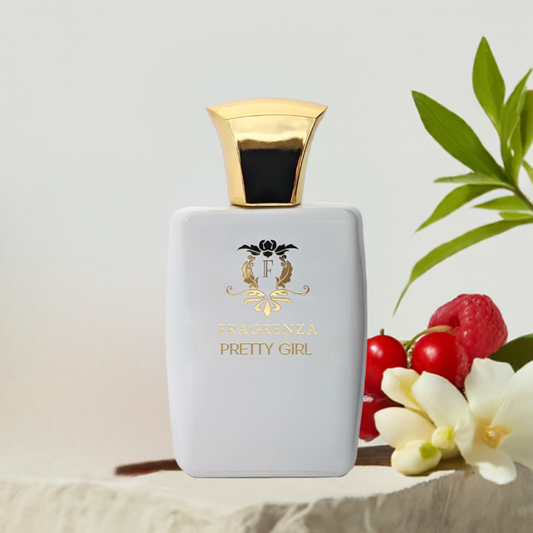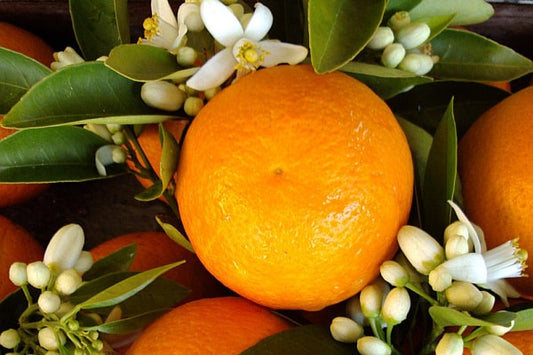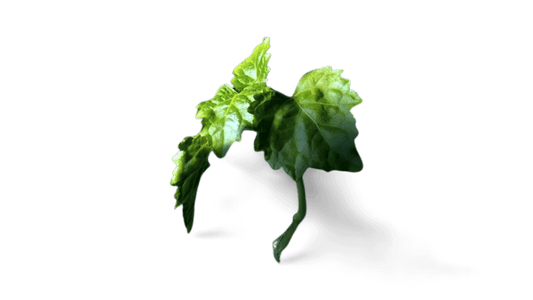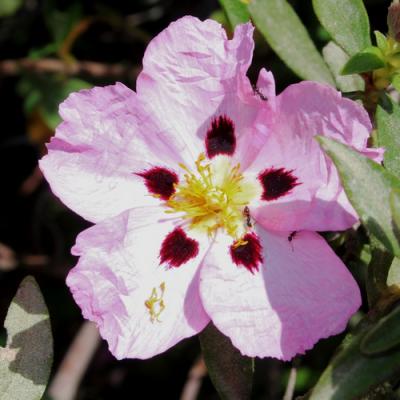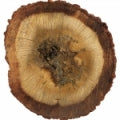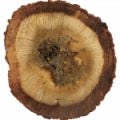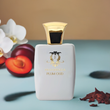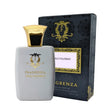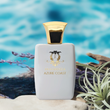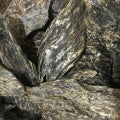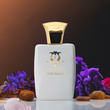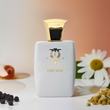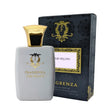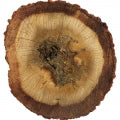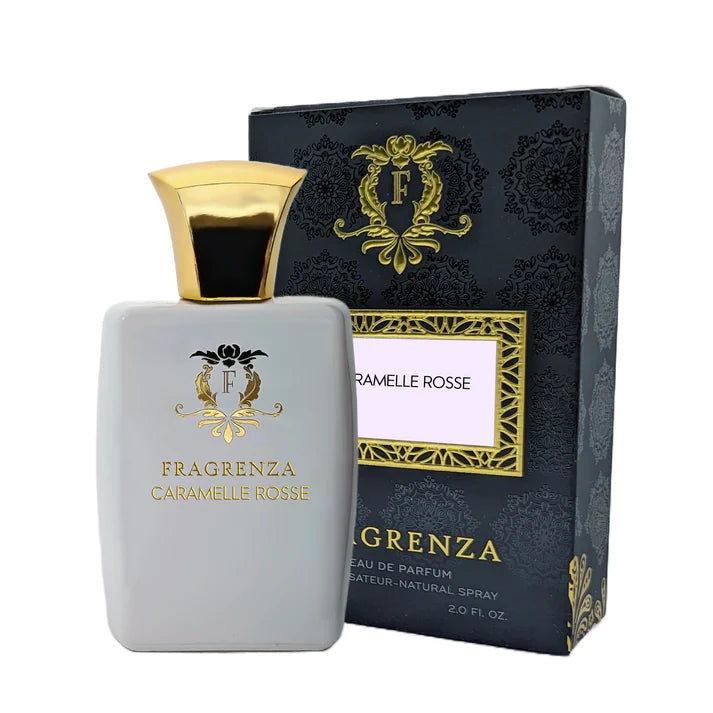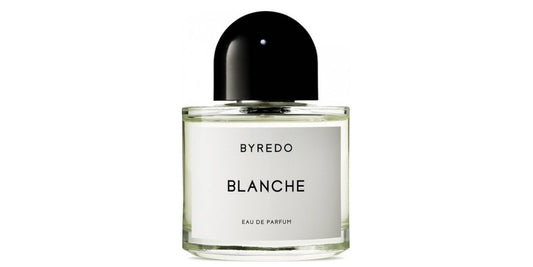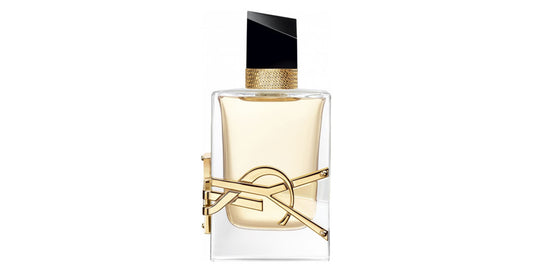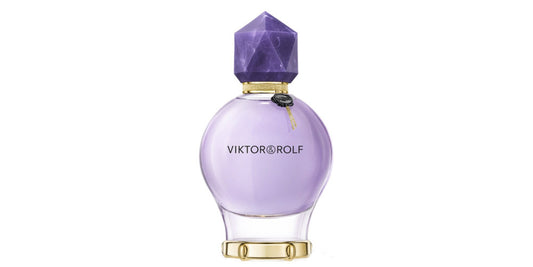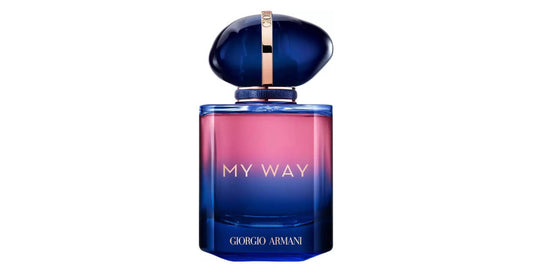Oud in perfumery
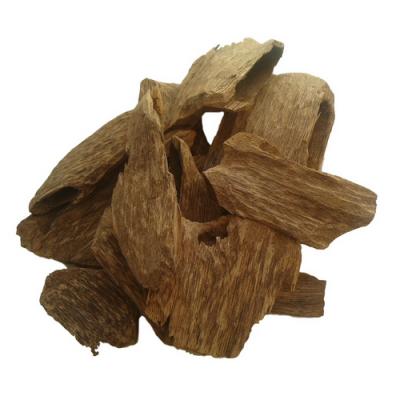
In This Article
The Oud Rush
In the Middle East, oud wood is considered a divine manifestation with the power to purify our bodies and minds. In perfumery, oud wood's scent is akin to the woody family. Exuding a trail of wild beast and incense, this unique scent unveils the mysteries of the Orient. Oud's complex, powerful, dark, and enigmatic notes are simultaneously woody, animal, and amber. Some perfumers even argue that oud is the new patchouli. Oud is currently a favorite among perfumers, with its chic, modern, and trendy appeal. Renowned perfumers such as Dior, Armani, L'Artisan Parfumeur, and Caron have already created fragrances featuring Agar scents.
Oud and Its Combinations with Other Olfactory Families in Perfumery
Oud wood shines when paired with noble materials. Rose accentuates its femininity, bergamot imparts a surprising freshness, vanilla and tonka bean provide smoothness, leather unveils its masculine aspect, and saffron adds spicy notes. One of the most notable tributes to oud is Yves Saint Laurent's M7 perfume. In this fragrance, oud, combined with Haitian vetiver in the middle note, is complemented by amber and white musk as base notes, creating a warm and intense trail. M7 is a unique olfactory experience, appealing to raw virility. Oud is featured in both male and female fragrances and is often found in unisex perfumes, such as Van Cleef &Arpels' Precious Oud, a floral oriental composition. The combination of oud and flowers results in an explosion of scents, leaving an incredibly sensual trail on the skin.
Oud wood is a resinous, highly sought-after ingredient in perfumery. Its popularity has surged in recent years due to its warm, sensual, and oriental characteristics, which reveal a distinctive radiance. However, oud is a rare and expensive wood, intensifying its sacred allure. Through oud, the concepts of eroticism and the sacred seem to be revived in today's world.
Fun Facts About Oud
- Oud, also known as agarwood, is formed as a response to fungal infections in the Aquilaria and Gyrinops trees.
- Oud's rarity and high demand have led to the over-harvesting of Aquilaria trees, making them a threatened species in some regions.
- High-quality oud can be more expensive than gold, often costing thousands of dollars per kilogram.
- Oud has been used for centuries in traditional medicine, incense, and religious ceremonies across the Middle East and Asia.
